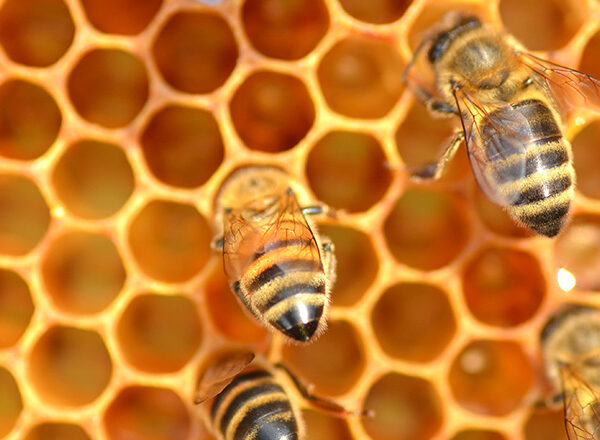
In the last two weeks, Australian authorities have destroyed millions of honey bees in an effort to prevent parasitic outbreaks that have the potential to destroy that affect the southeast of the country. The recent plague from the deadly Varroa mites, parasites the size of sesame seeds that were first seen at the port near Sydney last week, was a big threat to the honey industry worth millions of state dollars.
The honey bee colony has been placed under the “locking” as part of various biosecuritic steps to limit the outbreak. “It is very important that beekeeper in Newcastle does not move any nest or equipment inside or outside the region,” said the Australian honey bee industry council.
Until recently, Australia is one of the few countries that succeeded in suppressing the spread of plague that was induced by Varroa mites, known as the biggest threat to bees around the world. But this time, officials said that the little insects were here to stay.
Varroa mites, or Varroa destructors, are parasitic insects that attack and eat honey bees. Reddish brown color, small pests are known to kill all honey bee colonies, officials have warned. They often travel from bees to bees and also through bee farm equipment, such as combing combed.
The spread of mites is mostly blamed for a sharp decline in the number of honey bee colonies worldwide. This has looted bee colonies around the world.
According to the Australian Bee Bee bee website conscious (https://beeawae.org.au/archive-pest/varroa-mites/#ad-image-0): “Although Varroa mites can feed and live with adult honey bees, they especially feed and reproduce to the larvae and cocoons in the parent that develops, causing malformation and weakening of honey bees and transmitting many viruses. “
Over time, when the mites population increases in the bee colony, the symptoms grow worse. In general, heavy attacks cause paralyzed bees, flight performance disorders, lower return to the colony after finding food and reduced age, a conscious state.
What do we know about the Varroa destructor outbreak in Australia?
The mite was first detected last week near the port of Newcastle, The New York Times reported. Since then, deadly insects have spread to more than 400 different sites and more than six million bees have been destroyed to control transmission.
As soon as Varroa’s mites were detected in the country, the authorities in New South Wales established a strict biosecurithic zone, limiting the movements of bees, nests, honey and comb to further notice in the affected area.
Since then, Australian authorities have identified similar outbreaks in at least nine more locations – one of them is more than 378 km in the city of Dubbo.
While mites do not eat authentic Australian bees, several non-asli species have been affected. In particular, the country’s honey industry mainly depends on this non-asli bee.
Previously, the Australian government had succeeded in eliminating similar attacks in 2016, 2019 and 2020, according to the Ministry of Agriculture and Fisheries Queensland.
At present, the government is struggling to identify the location of all infected nests, Danny Le Feuvre, Head of Acting Australian Honey Bee Industry Council, to The New York Times.
Why do bees matter?
According to a report by FT, the latest locking can have a negative impact on the growth of several plants – including almonds, macadamia beans and blueberries – which depend on the nest for pollination.
Varroa mite infestation came when the country’s agricultural industry had handled a sharp increase in energy prices due to the Russian-Ukraine war, supply chain problems, forest fires, floods and rats recently.


